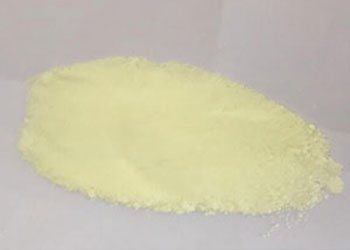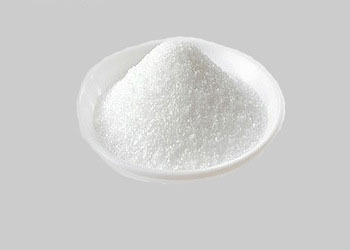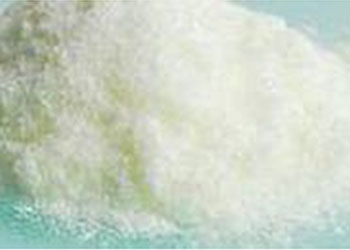Summary, mechanism and types of photoinitiators
Nowadays, there are many kinds of photoinitiators on the market. Today, we will explain in detail the overview of photoinitiators, mechanism of action, performance requirements, common types, characteristics and principles of use.
Introduction of photoinitiator
Photoinitiator, also known as photosensitizer or curing agent, is a kind of compound. The compound can absorb a certain wavelength of energy in ultraviolet region (250-420 nm) or visible region (400-800 nm) to produce free radicals, cations and so on, which can initiate the polymerization and cross-linking curing of monomers.
In the UV curing system, including UV adhesive, UV coating, UV ink, etc., chemical changes occur after accepting or absorbing external energy, decomposition into free radicals or cations, thereby triggering polymerization. Any substance that can generate free radicals by illumination and can further initiate polymerization is collectively called photoinitiator.
Mechanism of photoinitiator
Some monomers absorb photons to form excited states after irradiation, and the excited active molecules generate free radicals through homolysis, which then initiate monomer polymerization to form high polymers. Radiation curing technology is a new technology of energy saving and environmental protection. Ultraviolet light, electron beam, infrared light, visible light, laser, chemical fluorescence and other radiation lights irradiation curing, fully in line with the “5E” characteristics, namely, efficient, practical, economical, energy-saving and environmentally friendly, so known as “green technology”.
Photoinitiator is one of the most important components of UV curing adhesives. It plays a decisive role in curing rate. The photoinitiator absorbs the energy of light and splits into two active radicals after irradiated by ultraviolet light, initiates the chain polymerization of the photocurable resin and the active diluent, which makes the adhesive cross-linked and solidified. Its characteristics are fast, environmental protection and energy saving.
Performance requirements of photoinitiators
- Higher initiation efficiency.
- The absorption spectrum is matched to the light source.
- Good thermal stability, no dark reaction, easy to store for a long time.
- It has good compatibility with monomer and prepolymer.
- Light cured film without yellowing or discoloration.
- Safe and economical.
- Photoinitiators and their photolysis products should be non-toxic and tasteless.
Types and characteristics of commonly used photoinitiators
Photoinitiator TPO

- Chemical name: (2,4,6-trimethyl benzoyl) diphenyl phosphine oxide
- Absorption wavelength: 299,366 nm
- Photoinitiator TPO application: TPO is an efficient free radical (I) photoinitiator, especially suitable for colored systems and film thickness curing areas, curing speed is very fast. Because of its wide absorption range, Photoinitiator TPO can be widely used in various coatings. Because of its excellent absorption properties, it is especially suitable for screen printing ink, lithographic printing, flexo printing ink, wood coating.
Photoinitiator EDB

- Chemical name: 4-Dimethylaminobenzoic acid ethyl ester
- Absorption wavelength: 228, 308nm
- Photoinitiator EDB characteristic: EDB is an efficient amine mixture. It is used with free radical (II ) photoinitiator as monomer and oligomer for UV polymerization.
- Photoinitiator EDB application: EDB is a solid amine synergist used for offset printing ink, adhesives, flexo screen printing ink, solder-proof ink and other sub-products.
Photoinitiator BDK

- Chemical name: Benzil Dimethyl Ketal
- Absorption wavelength: 205-253 nm
- Photoinitiator BDK application: BDK is used in colored curing system, widely used in various UV curing systems, PCB ink, etc.
Use principles of photoinitiators
- Photoinitiator is used in combination with amine accelerator EDAB.
- Small odor, no poison, no environmental pollution.
- Choosing the suitable photoinitiator according to the type of prepolymer and monomer.
- It has good solubility and reactivity, less dosage and high efficiency.
- It is better to use several photoinitiators in combination, which can initiate curing at different wavelengths. Curing rate is faster than that of single photoinitiator.
Photoinitiator is an indispensable component of free radical UV curable reaction system. Its type and dosage have great influence on the light curing behavior of the system. This plays a decisive role in the sensitivity of UV curing system. Contact us to learn more information.
